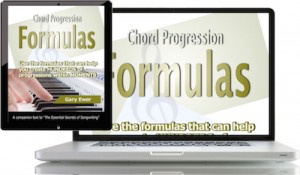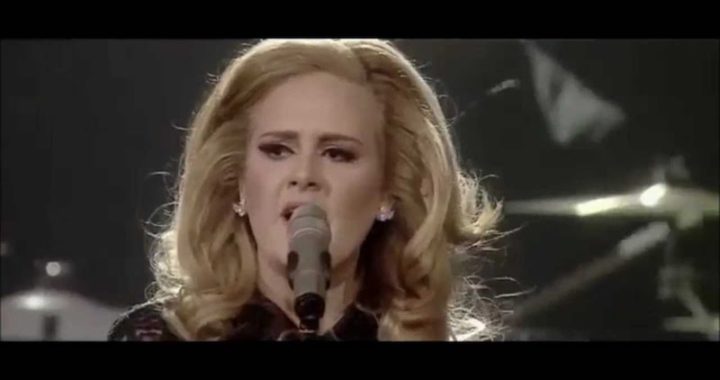There are certain progressions — certain combinations of chords — you’re more likely to see in songs written by a 21st century pop songwriter than you might with a Classical musician. But check out these two progressions and try to figure out which one was used by Romantic era composer almost 150 years ago, and which one by a 21st century pop songwriter (click on the play button below each one to hear them:
Key of G major: C G D Em
Key of G major: G Am/G D/G G
 “The Essential Secrets of Songwriting 10-eBook Bundle” has several eBooks devoted to chords, including “Chord Progression Formulas.” It will show you how to create dozens of progressions within moments. Great for any style or genre of songwriting.
“The Essential Secrets of Songwriting 10-eBook Bundle” has several eBooks devoted to chords, including “Chord Progression Formulas.” It will show you how to create dozens of progressions within moments. Great for any style or genre of songwriting.
You’re right if you guessed that the first one is from a pop song (Taylor Swift’s “We Are Never Ever Getting Back Together“) and the second one was from a work almost 150 years ago (Camille Saint-Saëns’ “The Swan“, from his musical suite “Carnival of the Animals.”
As you can hear, not much has changed with chords. What accounts for the main differences between music of different eras and different genres is performance style. So what differentiates the various genres and eras are:
- Instrumentation choices
- Rhythms
- Basic beat and feel
- Kinds of words used in lyrics
The other differences you might detect — melodic shape and choice of specific chords — are much more subtle. This means it’s actually quite easy to take a classical work and make it sound like a pop song by changing the instrumentation, rhythms and feel, as you hear with “A Lovers’ Concerto” recorded by the Toys (1965), which is a reworking of a keyboard study, Minuet in G Major – J.S. Bach, now attributed to Christian Petzold (1677 – 1733)
You can also take a pop song, and with the same kinds of modifications create something that sounds as though Rachmaninoff wrote it: Skyfall (Adele, Paul Epworth)
So what is the point I’m making here? Sometimes you can spend a lot of time looking for a unique chord progression, something that’s been unused or rarely used before. And why? Mainly you want your songs to sound unique. You want to give your audience something that they’ve not heard before.
My advice for injecting uniqueness into your songs is: don’t worry so much about chord progressions, but focus instead on developing unique and creative melodies that partner well with unique and creative lyrics.
There’s no denying that you need a good chord progression to make a song good, but those chords will almost always serve as a vehicle for a distinctive melody. When people talk about Saint-Saëns’ “The Swan”, they’re almost always talking about that lovely cello melody. The chords are lovely too, but the melody is the focus.
This usually means that if you’ve written a song that has a great tune and imaginative lyrics, all you really need are chords that support the melody and create a mood that partners well with the lyric.
 Written by Gary Ewer. Follow Gary on Twitter.
Written by Gary Ewer. Follow Gary on Twitter.
 “The Essential Secrets of Songwriting” eBook bundle comes with a free copy of “Use Your Words! Developing a Lyrics-First Songwriting Process.” Learn how to make the writing of a good lyric the starting point for your own songwriting method.
“The Essential Secrets of Songwriting” eBook bundle comes with a free copy of “Use Your Words! Developing a Lyrics-First Songwriting Process.” Learn how to make the writing of a good lyric the starting point for your own songwriting method.










